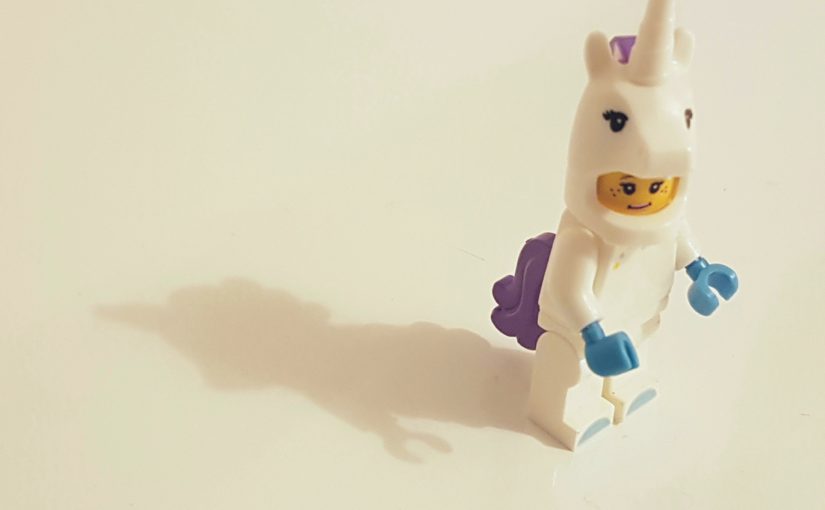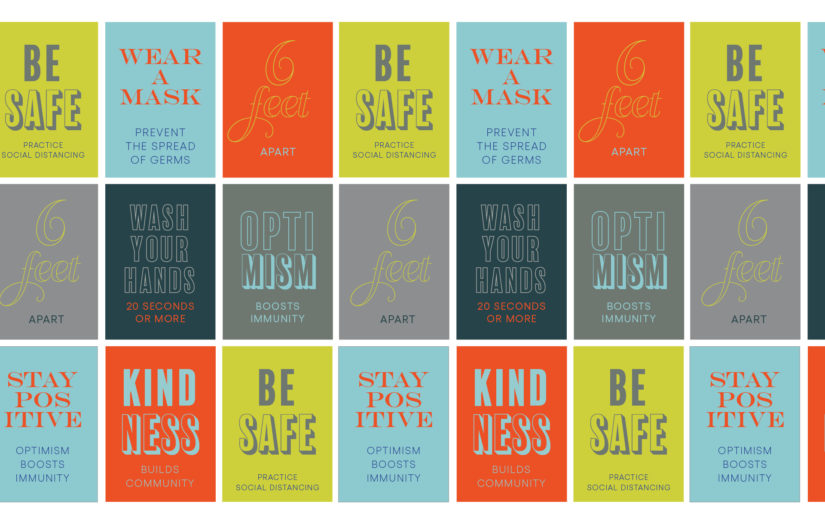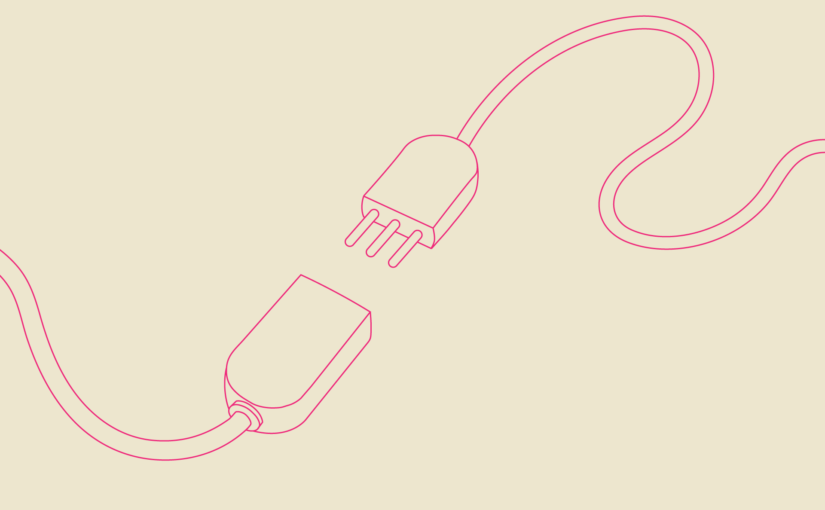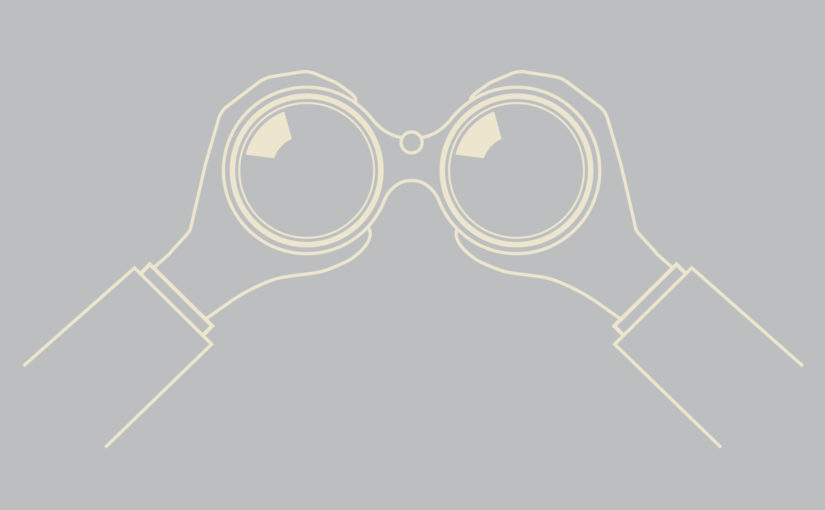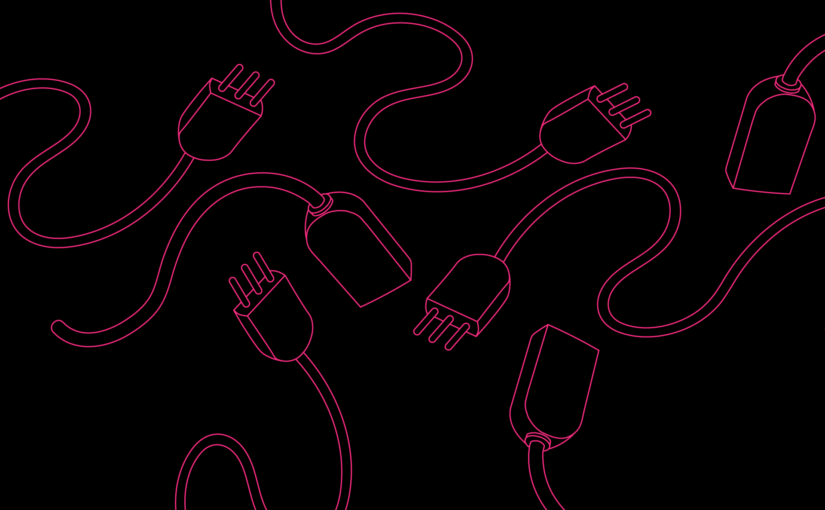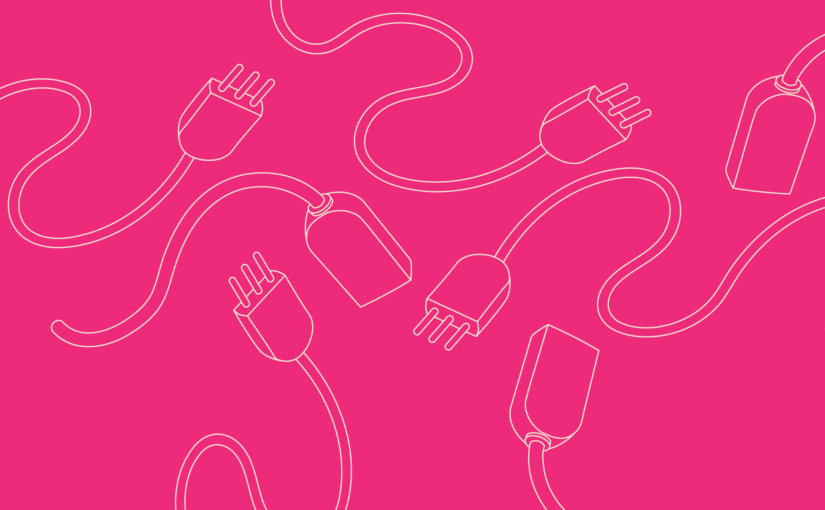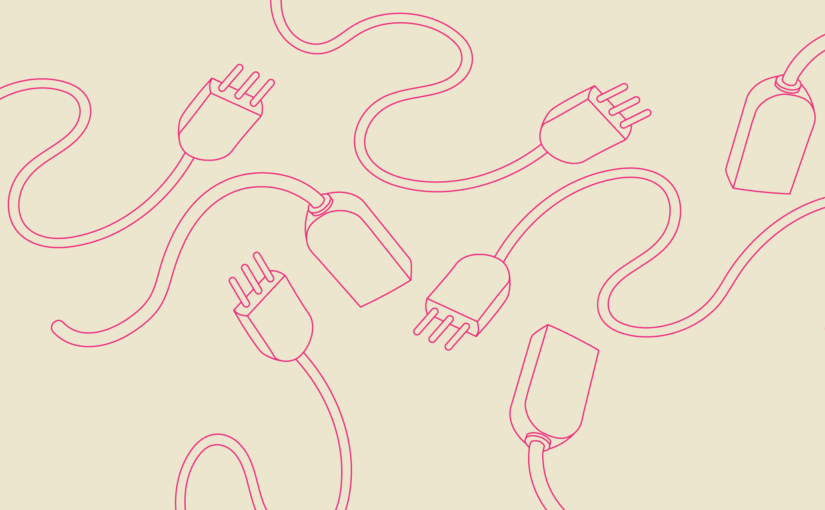A brand may be working well on many fronts, but if there is conflict within an organization the brand will begin to suffer. Unresolved conflict within companies doesn’t stay put. It starts to perceptively leak outward and the result reflects negatively on the brand as a whole.
With this in mind, I asked Debra Valle, organizational behavior expert, strategist and executive leadership coach, to share some of the processes she uses to help broken teams get back to a productive state of connection. Debra works with Fortune 100 corporate leaders and their teams to create high performance. She is frequently called in when there is a particular drama with key team members at stake and they need to create more alignment and collaboration, re-establishing connection and communication.
Why is the source of most team conflict? Is it just human and unavoidable?
My first guess about disconnection was that we each bring different modes of operation and maybe some baggage and sensitivities into the workplace, which might create conflict or result in some relationships working less well than others.
A starting point.
Debra clarified that she doesn’t start there. She begins with the idea that we all come to work every day wanting to do our very best and that we bring with us a certain way of looking at the world. Where we get our energy, the way we interpret information, what we hear and how we hear it, our particular strengths and blind spots, each of these things is unique to a person. What’s important is that we appreciate the fact that nobody’s like us on this planet and that we each bring to any situation, problem or strategic plan a particular slant or view and we are best served by keeping in mind the idea that none of us is as smart as all of us. If we can learn to appreciate our differences and be self-aware enough to understand our own blind spots, we can create and connect better.
Focus on higher good.
Debra asks her clients to look at what triggers them and what might be getting in the way of their success. She doesn’t ask them to try to figure out if it’s because their mother or father didn’t love them or some other aspect of their personal history. She instead helps clients to focus on the higher good that they’re wanting to accomplish and to look at the ways they can engage the other in order not to be assumptive, in conflict or create drama.
She suggests starting from a neutral place, from an understanding that we look at the world through a different lens and that’s a good thing.
One reason she doesn’t focus on people’s personal history is that for each person in the room, there are two parents. If there are six people in the room, instead of six people arguing and six points of view, you now have twelve. This makes for a crowded and not very productive room.
Curiosity as a tool for connection.
When conflict emerges, a disagreement or lack of alignment on an issue, Debra recommends that the parties involved get curious. Instead of criticizing, start trying to understand the other person. Ask where their thinking comes from; learn more about how they arrived at their position or assumption. Sometimes when we hear the framework others have used to build their ideas we develop empathy. We may never have approached an issue in that manner, but the information we gain by asking is useful.
Multiple viewpoints create better solutions.
When we get curious, the problems we’re trying to solve are more completely flushed out. For example, some people see the world from the viewpoint of what’s occurred in the past and others are listening for facts, data and proof. They are a very valuable part of the conversation, they’re grounding. Some people are intuitive and ask questions like “What if…? Why not…? How come…?” These people allow us to stretch. Others may ask, “How would we build that?” and “What do we need to do to get that done?” and others who are focused on the people involved, seeking answers to questions like, “How do we get buy-in? How do we get financed?” Everybody’s coming to the table grounded in their framework and all those frameworks together create stronger solutions.
Debra recommends trying to cultivate and understand the perspective that the other person brings. When a view that is different from our own arises in the discussion, isn’t that a good thing? Try treating these moments as if you’re talking to somebody from a different country, and you’re authentically curious about why they do things the way that they do.
You’re wrong. Ok, you’re not wrong, you’re you.
When you hear a viewpoint that is different from your own, resist the urge to tell the other person they are wrong; instead, listen and try to understand how they got to where they are. If you can open up and hear them, you will most likely have empathy for their way of thinking. From there, you may be more open to working out a solution that makes sense to both of you.
Make positive assumptions.
If you start from the place of believing that everybody wants to do their best work every day, you will be more open to new thinking. Debra asks her clients to begin with two assumptions, that everybody walks into the room bringing their best self and that nobody wants to be intentionally oppositional or a jerk.
I know everything. Ok, I don’t know everything.
The second piece of this is to remind yourself that you don’t know everything. Get curious, over and over. What might the other person be able to share that will shed light, adding to the fuller picture of the issue? Imagine that this person’s intentions are wanting to contribute and collaborate and that you may not have all the answers. Somewhere between the two (or more) of you, there sits a kernel of something that is true for all of you. That is the nature of Debra’s work. Facilitating the kinds of conversations that are difficult to have but that are important for creating understanding and the opportunity to collaborate. One way she gets there with people is not by attacking the issue or the problem first, but by storytelling.
Tell your story.
Begin by having each person tell a story where they experienced intense collaboration, where they were able to do something extraordinary with another team in the past.
What happened? Who was there? Why did it work? What was the result of that extraordinary effort of collaboration? Everyone writes and shares their story and the group begins to see that everyone involved knows what collaboration looks like, feels like, and the idea of collaboration individually is not new to people. It is a common experience, not a stretch or something rare or elusive.
Why does this work?
From each person’s past you are building a common understanding of what must happen in order to form a connected and productive work environment. You remind the group that the state of productivity is not hopeless or unavailable to them. They each have the tools to make this work.
Through the different stories shared, each person is able to see what collaboration looks like from the other peoples’ point of view. It’s not always the same. This step allows others to shift their view of someone who at first appears only to be a roadblock.
Envision success.
Whatever the problem is or the thing they are trying to achieve, get each person of the team to imagine that six months have passed and after this period, everything has fallen into place, everything is done and working perfectly. Then ask “What do you see? What is happening? How did it get started? What happened?”
Design a process forward, together.
By sharing their stories the group is sharing a vision of the future. This process opens up the opportunity for the team to create together, paint together and out of this creative process they can design a path forward.
It all starts with curiosity, a willingness to share, and openness to be willing to listen to ideas that are not your own. Sometimes you have to build that in people because they don’t have it.
……………………………………………………………………………………………………………………………………
A giant thank you to organizational behavior expert, strategist, and executive leadership coach, Debra Valle for sharing her time and knowledge.




